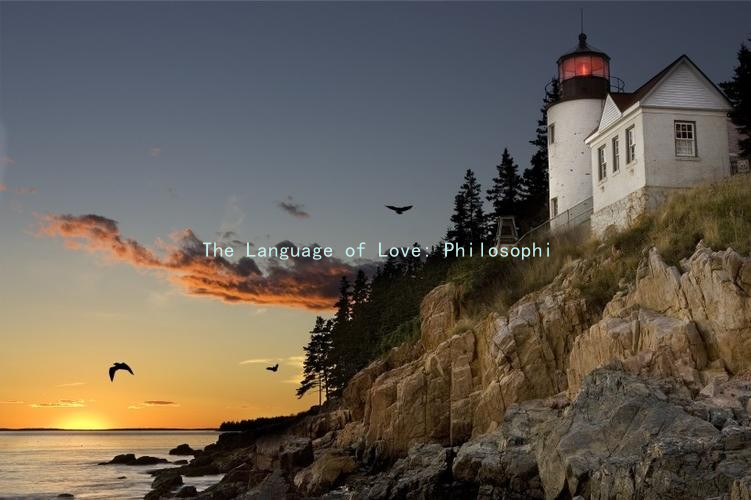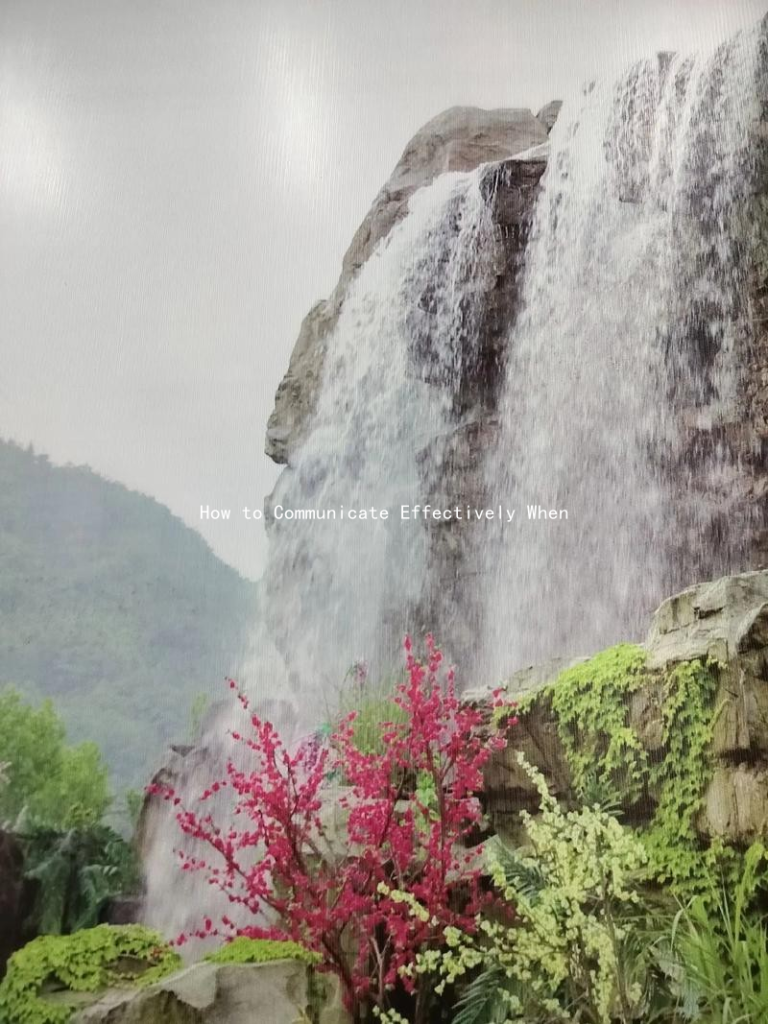The Language of Love: Philosophical Perspectives on Flirting and Attraction
The Language of Love: Philosophical Perspectives on Flirting and Attraction
In the intricate dance of human relationships, the art of flirting and attraction emerges as a compelling study. Philosophers throughout the ages have contemplated the nature of love, desire, and how language shapes our experiences of connection. Understanding this interplay can offer insights into the strategies we deploy in courtship and the deeper meanings behind our romantic pursuits.
Flirting is not merely a social maneuver; it can be seen as a language in itself, rich with nuance and subtlety. Philosophers like Søren Kierkegaard spoke of the “aesthetic stage” of existence, wherein individuals pursue sensory experiences and the thrill of desire. In this context, flirting becomes a playful exploration of possibilities, where words, gestures, and even silence convey a symphony of intent and emotion. The mere act of making eye contact can speak volumes—a shared glimmer that transcends verbal communication, inviting one another into a realm of potential intimacy.
The role of language in attraction also invites us to consider the concept of performative speech, as explored by theorists like J.L. Austin. Words can exert power, shaping reality through expression. A well-timed compliment, an engaging question, or a witty remark can not only capture attention but also construct an attraction framework. The act of flirting becomes an enactment of possibilities, where each utterance holds the potential to forge connections or dissolve barriers.

Moreover, the philosophy of love delves into the ethical dimensions of attraction. The question arises: how do we maintain authenticity in our flirtation? Kants moral philosophy emphasizes the importance of autonomy and respect for others as ends in themselves, not merely as means to our desires. In this light, successful flirting is not manipulation but an honest expression of oneself while simultaneously honoring the other’s agency. It requires a delicate balance—offering vulnerability while respecting boundaries, crafting an atmosphere where attraction can flourish without coercion.
In contemplating the metaphorical landscape of flirting, we can draw from Platonic ideals of beauty and love. Plato espoused the notion that love is a longing for the divine and the beautiful, propelling individuals toward higher forms of connection. Flirting can be interpreted as a yearning for understanding and emotional resonance—an attempt to bridge the gap between souls. The words we choose in romantic exchanges can serve as a channel to elevate the mundane to the sublime, inviting others to partake in a shared vision of beauty and possibility.
Finally, contemporary perspectives further enrich our understanding of the language of love. In a world increasingly mediated by technology, digital flirting tools—and the corresponding language—have emerged. Emojis, GIFs, and instant messages shape our flirtation culture, sparking questions about the authenticity of virtual connections. This shifts our philosophical inquiry into the realm of identity and self-presentation. Are we curating our personas in ways that enhance attraction, or are we masking our true selves behind screens?
In conclusion, the interplay of flirting and attraction is a rich tapestry woven by philosophers across eras, inviting us to consider how language reflects and shapes our deepest human desires. By embracing the complexities of flirting through a philosophical lens, we can cultivate more meaningful connections, guided by authenticity, ethical engagement, and a reverence for the exquisite nature of love itself. Whether in spoken word or the subtle nuances of silence, the language of love continues to be a profound and timeless journey—a dance of souls seeking connection in a world that craves intimacy.





